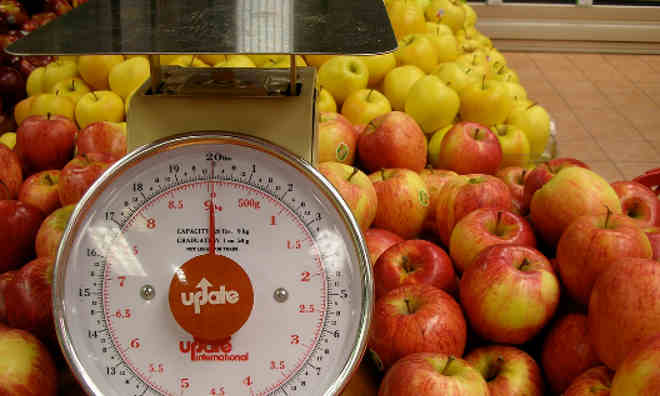It won’t be long—in the near future you will be able to measure more than just the nutrient content of what you eat. More important, you will be able to measure the outcome: your nutritional status.
And because you will be able to easily measure your vital signs, tracking them on your smart phone, you will be able to see your blood pressure going down week by week as your nutrition level rises, and you exercise more. What we eat fundamentally affects our health.
Much of the global tidal wave of chronic illnesses is being generated by a sharp drop in the nutrient value of the food that both rich and poor people are consuming. As we consume more and more processed foods, we are consuming significantly higher amounts of salt and sugar, both of which cause significant damage.
We need to count the enormous costs of high blood pressure when considering whether our “modern” convenience foods really are cheap. A recent study found that reducing the sodium content of American food by 9.5 percent would prevent 513,885 strokes, 480,358 heart attacks, and increase life-years lived by more than 1.3 million over the lifetime of U.S. adults aged 40 to 85 years alive today, saving $US32.1 billion in direct medical costs.
The reduced blood pressure levels of that study were replicated by lowering sugar intake by the equivalent of a single full sweetened soft drink a day, or a diet high in fruits and vegetables and low in red meat, fats, and sweets. High blood pressure increases the risk of heart attacks, strokes and kidney failure, as the World Health Organization notes.
If left uncontrolled, high blood pressure can also cause blindness, heartbeat irregularities, and heart failure. The risks are higher in a person with other cardiovascular risk factors such as diabetes.
One in three adults worldwide has high blood pressure. This proportion increases with age, from one-in-ten people in their 20s and 30s to five-in-ten people in their 50s. The prevalence of high blood pressure is highest in some low-income countries in Africa, where more than 40 percent of adults in many African countries are thought to be affected.
Food Tank, Ashoka, and other organizations are working to redirect our food system away from producing large quantities of food that is becoming less and less nutritious food, toward a system that generates and preserves nutrients at every stage, fully nourishing the land, food, and people.
For more information, visit the Nutrients for All website and join our online community.
In the meantime, you don’t need to wait for the new technology—help yourself and your children now. Diets rich in diverse, nutrient dense healthy foods significantly reduce hypertension.
Reduce your salt intake: never sprinkle extra salt on your food (even popcorn!). Reduce your sugar. Excess alcohol and smoking make everything worse, including high blood pressure. Exercise makes everything better, including high blood pressure.












